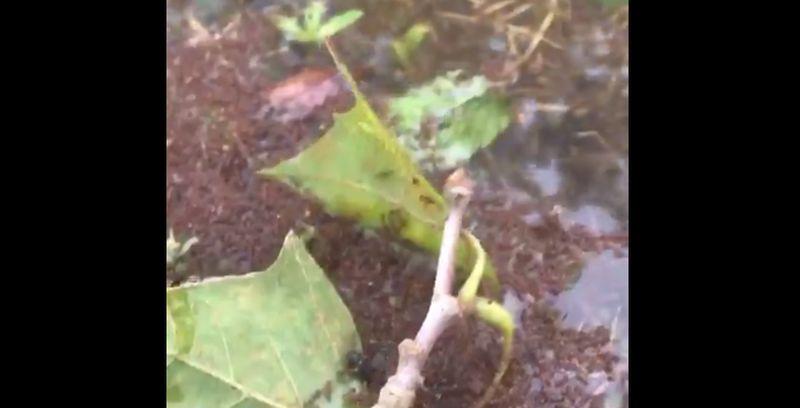An intrepid YouTuber poured molten aluminum into an abandoned fire ant colony, and he got a strange result.
According to the uploader, the “resulting cast is huge, weighing 17.9 lbs. and reaching a depth of 18 inches.”


An intrepid YouTuber poured molten aluminum into an abandoned fire ant colony, and he got a strange result.
According to the uploader, the “resulting cast is huge, weighing 17.9 lbs. and reaching a depth of 18 inches.”